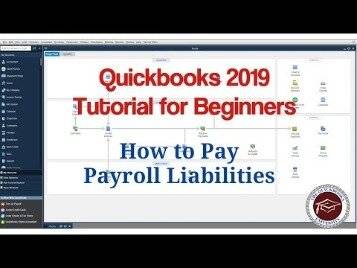Content

This is when the average cost of production increases the more units are produced. This occurs because marginal cost is above the average total cost. Diseconomies of scale are usually bad for businesses because they cannot expand efficiently. If a company increases production at diseconomies of scale, it risks average total cost becoming greater than its average profits. This would mean the company is losing money and cannot meet demand without going bankrupt.
My approximation using marginal cost over here was $30 per skateboard. Take the derivative, plug in 500, and you get a very accurate approximation of the cost of one more skateboard, versus this calculation did over here which took me half of the board. It gets you a very quick estimate too of the cost of producing one more skateboard. We want to see really how good of an approximation the marginal cost is for producing that 501st skateboard. Most important thing to remember about marginal cost is it’s just the derivative of cot. That’s going to be well the derivative of 1800 is 0, the derivative of 10x is 10 plus, the derivative of 0.02x² is 2 times 0.02, 0.04x.
When anticipating Marginal Cost Formula changes, the business can create marginal cost and marginal revenue strategies to prepare and react to these cost increases. Marginal cost includes both variable costs and fixed costs of production. Fixed costs remain constant over a relevant range of total production, but increase in steps as additional investments are required to produce more products or services. Variable costs change directly in relation to the volume of production or activity. Parts cost inflation results in higher variable costs per unit.

Financial ModelingFinancial modeling refers to the use of excel-based models to reflect a company’s projected financial performance. Prepare a production graph considering a different quantity of output. Let’s take a look at a specific example, using a SaaS business model, to explore how calculating different types of profit produces highly varied results. Now this is the actual cost of producing the 501st skateboard. Look at all the work I just did just to find that the actual cost is $30, and 2 cents. When companies minimize their costs, they maximize their room to maneuver.
So if you planned to produce 10 units of your product, the cost to produce unit 11 is the marginal cost. Suppose your company produces windows at a manufacturing plant. Typically, a single batch will produce 100 windows for $3,000. As your sales representatives continue to expand your business’s territory, demand for windows increases. To meet the growing demand, you now start producing 200 windows for $5,000.
The cost of overpreparing: my experience with the USMLE and what ….
Posted: Sun, 19 Feb 2023 08:00:00 GMT [source]
Let’s say your company consistently produces 10,000 deep freezers every year. This results in incurred production costs totaling $5 million. But one year, there is a greater demand than usual for deep freezers. An increase or decrease in production level output is inevitable. The amount involved is usually sufficient to assess changes in costs.
The formula above can be used when more than one additional unit is being manufactured. However, management must be mindful that groups of production units may have materially varying levels of marginal cost. Pricing strategyworks best for your business, you’ll need to understand how to analyze marginal revenue. The key to sustaining sales growth and maximizing profits is finding a price that doesn’t dampen demand. When it comes to setting prices by unit cost, you have 2 options. The point where the curve begins to slope upward is the point where operations become less efficient and profitability decreases.

However, production will reach a point where diseconomies of scale will enter the picture and marginal costs will begin to rise again. Variable costs, by contrast, increase and decrease according to the level of production. In many cases, however, the increase in variable costs will be less than the increase in production output. In economics, this concept is referred to as the economies of scale. Marginal revenue is an important business metric because it is a measure of revenue increases from increases in sales.
For example, let’s say a company produces 5,000 watches in 1 production run at $100 apiece. The manufacturer will want to analyze the cost of another multiunit run to determine the marginal cost. The average cost of producing a watch in the first run is $100, but the marginal cost is the additional cost to produce one more unit. Using the marginal cost formula, we can determine how an additional production run will impact profitability. Margin cost is calculated from total cost, which includes both fixed costs and variable costs.